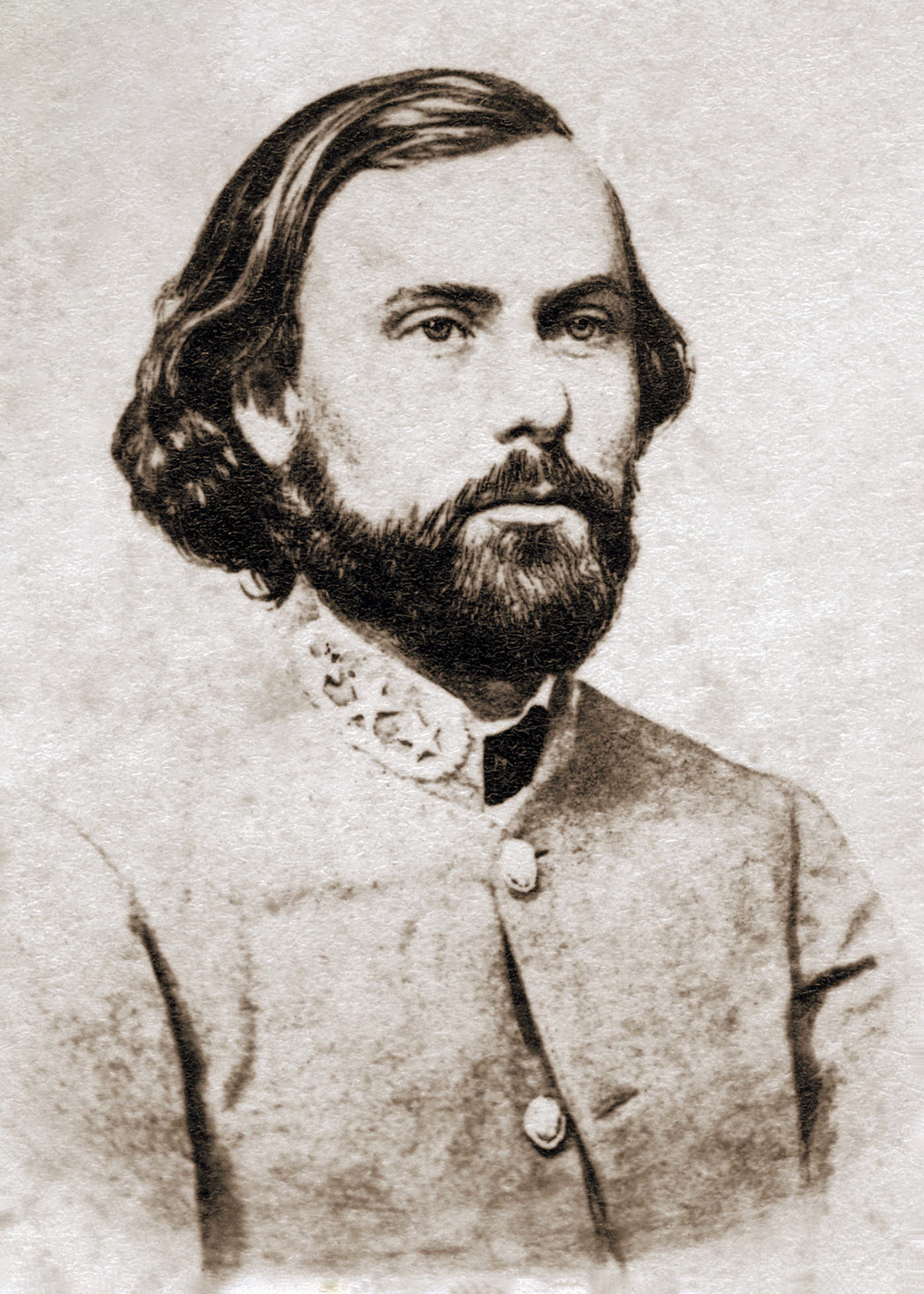Thomas C. Hindman
 Thomas Carmichael Hindman Jr. (January 28, 1828September 28, 1868) was an American lawyer, politician, and a senior officer of the Confederate States Army during the American Civil War. Born in Knoxville, Tennessee, he later moved to Mississippi and became involved in politics. He served in the Mexican–American War from 1846 to 1848. Hindman practiced law and in 1853 was elected to the Mississippi House of Representatives. After his term expired in 1854, he moved to Helena, Arkansas where there were more opportunities for his political ambitions. Hindman opposed the Know-Nothing party and the ruling Conway-Johnson dynasty. Elected to the United States House of Representatives in 1858, he supported slavery (and was a slaveholder himself) and secession. During Reconstruction he was assassinated.
Thomas Carmichael Hindman Jr. (January 28, 1828September 28, 1868) was an American lawyer, politician, and a senior officer of the Confederate States Army during the American Civil War. Born in Knoxville, Tennessee, he later moved to Mississippi and became involved in politics. He served in the Mexican–American War from 1846 to 1848. Hindman practiced law and in 1853 was elected to the Mississippi House of Representatives. After his term expired in 1854, he moved to Helena, Arkansas where there were more opportunities for his political ambitions. Hindman opposed the Know-Nothing party and the ruling Conway-Johnson dynasty. Elected to the United States House of Representatives in 1858, he supported slavery (and was a slaveholder himself) and secession. During Reconstruction he was assassinated.Once the American Civil War began in 1861 and Arkansas seceded, Hindman joined the Confederate States Army, first commanding the 2nd Arkansas Infantry Regiment, then a brigade, and then an ad-hoc division at the Battle of Shiloh in April 1862; he was wounded during the battle. Following Shiloh, Hindman was promoted to major general and sent to the Trans-Mississippi Department to command Arkansas, Missouri, the Indian Territory, and part of Louisiana. As commander of the region, Hindman's policies were sometimes legally questionable and were unpopular, although they were successful in building up the district from a basically indefensible state. Public outcry led to Hindman's removal from his regional command. He was defeated at the Battle of Prairie Grove in December. Transferred to the Army of Tennessee in 1863, he led a division at the Battle of Chickamauga in September, where he was again wounded. After recovering, he commanded a division during the early stages of the Atlanta campaign although he wished to be transferred elsewhere.
During the retreat after the Battle of Kennesaw Mountain in the summer of 1864, Hindman suffered an eye injury. He was placed on leave and traveled to Texas with his family. When the Confederacy collapsed in 1865, he fled to Mexico, but returned to Helena in 1867. Resuming his involvement in politics, he opposed the Reconstruction Era government of Arkansas. Hindman was shot by an unknown assassin at his home late on September 27, 1868, and died the next morning. Before his death, Hindman suggested the shooting was politically motivated. Provided by Wikipedia